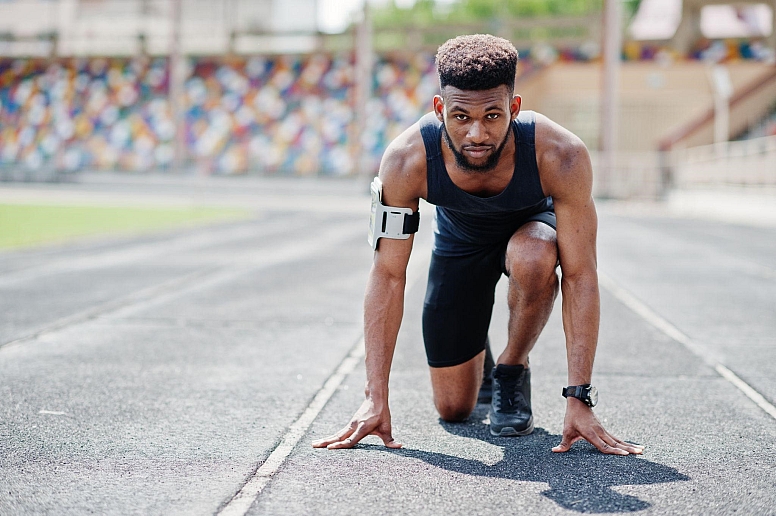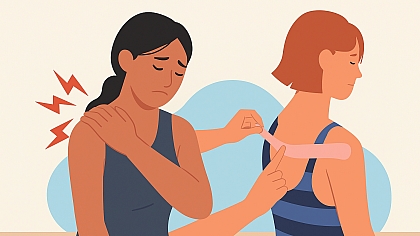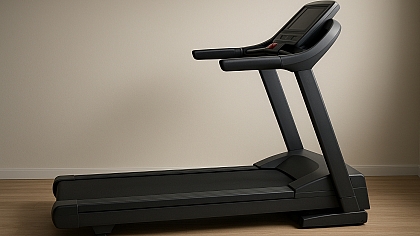
10 Common Health Issues in Athletes
Athletes push their bodies to the limit. Whether it’s on the track, field, or court, they strive for excellence. But with intense physical activity comes the risk of health problems. Maintaining peak performance means staying on top of both physical and mental well-being.
We’ll explore 10 common health issues athletes face, how these issues affect performance, and what steps can help prevent them. If you're an athlete or coach, or even a concerned parent, this guide can help you protect athletic potential while prioritizing long-term health.
Sports-Related Injuries: A Common Concern
Injuries are an unavoidable part of sports. Even with proper form and technique, an athlete can suffer from muscle strains, sprains, or worse. High-impact sports like football or basketball increase the risk of sudden injuries, while endurance sports may lead to overuse injuries over time.
Despite advances in physical therapy and preventive training, injury rates remain high. This makes it essential for athletes to undergo regular medical evaluations and maintain proper recovery routines.
Now, let’s explore ten of the most common health issues that affect athletes of all levels.
10 Common Health Issues in Athletes

Sprains and Strains
Sprains and strains are among the most common injuries experienced by athletes. A sprain occurs when the ligaments, which are the tissues connecting bones, are stretched or torn. In contrast, a strain involves the stretching or tearing of muscles or tendons.
These injuries typically result from sudden movements, falls, or inadequate warm-up routines. Athletes participating in fast-paced sports, such as basketball or soccer, are particularly at risk. Symptoms to watch for include pain, swelling, and limited mobility in the affected area.
Tendinitis
Tendinitis is the inflammation of a tendon, the thick tissue that connects muscle to bone. It often results from overuse or repetitive motion, such as in tennis, swimming, or running. Tendinitis is most commonly seen in the shoulders, elbows, and knees.
Around the affected tendon, there may be pain, tenderness, and swelling. If left untreated, tendinitis can become chronic and lead to more severe injuries.
Fractures
A fracture is a broken bone that typically occurs due to hard impacts, falls, or collisions. Contact sports such as football, hockey, and rugby are associated with an increased risk of fractures.
Symptoms of a fracture include severe pain, swelling, bruising, and, in some cases, a noticeable deformity. It is important to seek medical attention as soon as possible if you suspect you may have a fracture.
Dislocations
A dislocation happens when a bone is pushed out of its normal position at a joint. This type of injury is often seen in sports that involve high-impact actions, such as football, basketball, and rugby. The joints most frequently affected by dislocations include the shoulders, fingers, and knees.
Dislocations result in severe pain, swelling, and difficulty moving the affected joint properly. It is essential that a healthcare professional repositions the bone back into place.
Concussions
A concussion is a traumatic brain injury caused by a blow or jolt to the head. It is most common in contact sports such as football, boxing, and soccer. Symptoms of a concussion can include headaches, dizziness, confusion, memory problems, and loss of consciousness.
If a concussion is suspected, the athlete must stop playing immediately and seek medical evaluation. Ignoring a concussion can lead to more serious brain injuries over time.
Shin Splints
Shin splints refer to pain along the shinbone, typically resulting from excessive physical activity, especially in runners, dancers, and athletes who engage in high-impact sports. The pain usually occurs during or after an activity and can vary in severity. Shin splints are often linked to overuse or running on hard surfaces without adequate support from footwear.
ACL Injuries
The anterior cruciate ligament (ACL) is one of the primary ligaments in the knee that helps provide stability. ACL injuries typically occur when an athlete makes sudden directional changes, such as stopping abruptly, pivoting, or experiencing a significant impact. Sports like soccer, basketball, and skiing are common activities that can lead to ACL tears or strains. This type of injury is characterized by severe pain, swelling, and difficulty bearing weight on the affected leg.
Groin Pulls
A groin pull, or strain, involves the inner thigh muscles and occurs when these muscles are overstretched or torn. This injury is most common in athletes who engage in sports that require rapid direction changes or lateral movements, such as hockey, soccer, or basketball. Symptoms include pain, swelling, and difficulty with movement, particularly when performing side-to-side motions.
Heat-Related Illnesses
Heat-related illnesses like heat exhaustion and heat stroke are serious health concerns that occur when an athlete is exposed to extreme heat and humidity for extended periods. These conditions are particularly common in athletes participating in outdoor sports during hot weather. Heat exhaustion involves symptoms like profuse sweating, nausea, and dizziness, while heat stroke is more severe and can lead to confusion, unconsciousness, and even organ failure.
Overtraining Syndrome
Overtraining syndrome occurs when an athlete's training load exceeds their recovery capacity. This condition is characterized by excessive fatigue, decreased performance, and a heightened risk of injury. Overtraining is common among athletes who push their bodies too hard without allowing adequate time for rest and recovery. The body’s inability to recover fully can lead to chronic fatigue, decreased motivation, and physical decline.
How Athletes Can Prevent Common Health Issues

Athletes thrive on performance, but staying healthy is just as important as training hard. Prevention is the key. A smart routine helps avoid setbacks and supports long-term success. Here are effective ways athletes can stay ahead of common health issues.
Schedule Regular Check-ups
Prevention starts with awareness. Routine health check ups help athletes catch problems early before they escalate. From blood tests to physical assessments, these checkups ensure the body is performing at its peak and free from hidden issues like nutritional deficiencies or overuse injuries.
Practice Proper Training Techniques
Injury prevention begins with correct form. Whether lifting weights or running drills, using proper technique reduces stress on joints and muscles. Athletes should train under professional guidance, incorporate warm-ups and cool-downs, and adjust intensity based on recovery needs.
Prioritize Nutrition and Hydration
Fueling the body right is essential for performance and recovery. Athletes should follow a balanced diet rich in lean proteins, healthy fats, complex carbs, and essential vitamins. Staying hydrated, especially during intense training, prevents cramps, fatigue, and electrolyte imbalances.
Listen to the Body and Rest
Overtraining leads to injuries and burnout. Athletes must listen to early signs of discomfort, fatigue, or pain. Rest days are crucial for muscle repair and overall wellness. Ignoring the body’s signals can turn minor issues into major setbacks.
Being an athlete is rewarding, but it comes with challenges. From foot pain to emotional stress, athletes face a wide range of health issues.
The good news? Most problems are preventable. With smart training, good habits, and regular support, athletes can perform at their best without burning out.
Taking care of your body is not a luxury. It’s a necessity. Whether you're just starting out or competing professionally, investing in your health always pays off.









